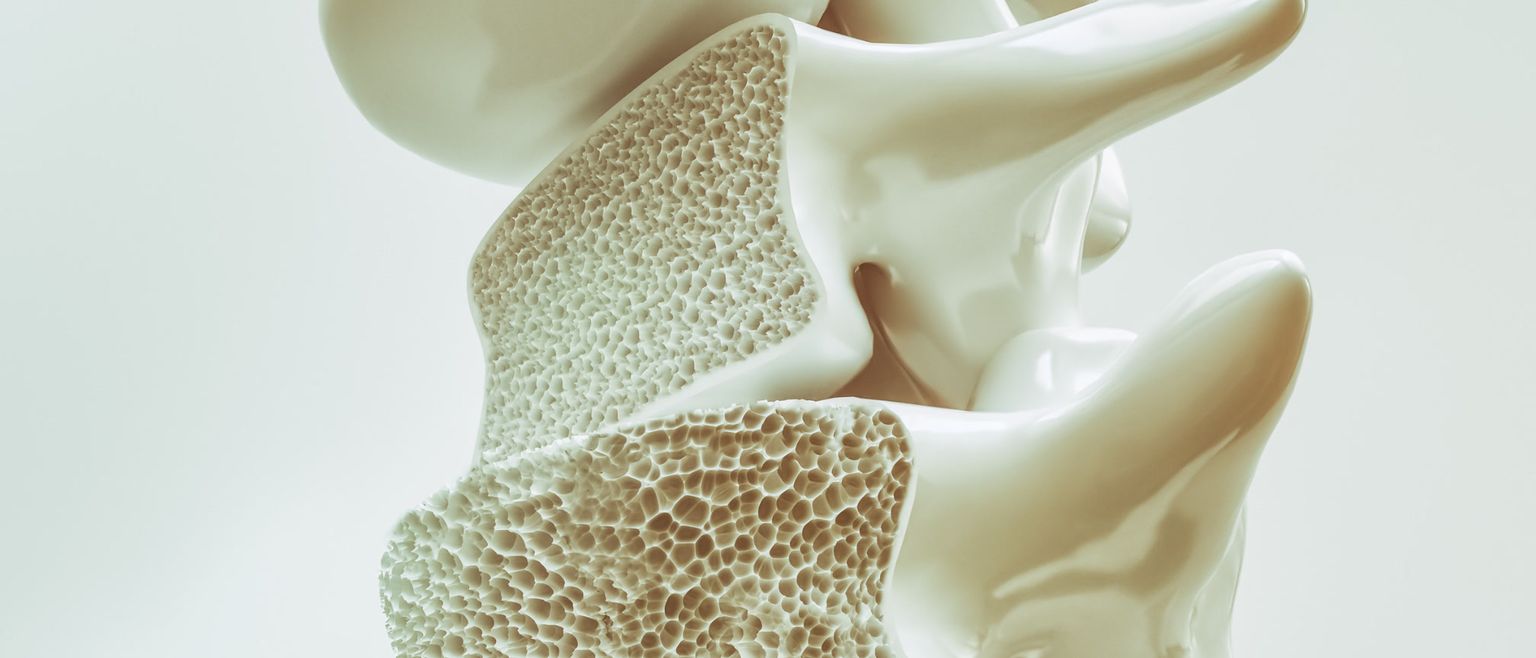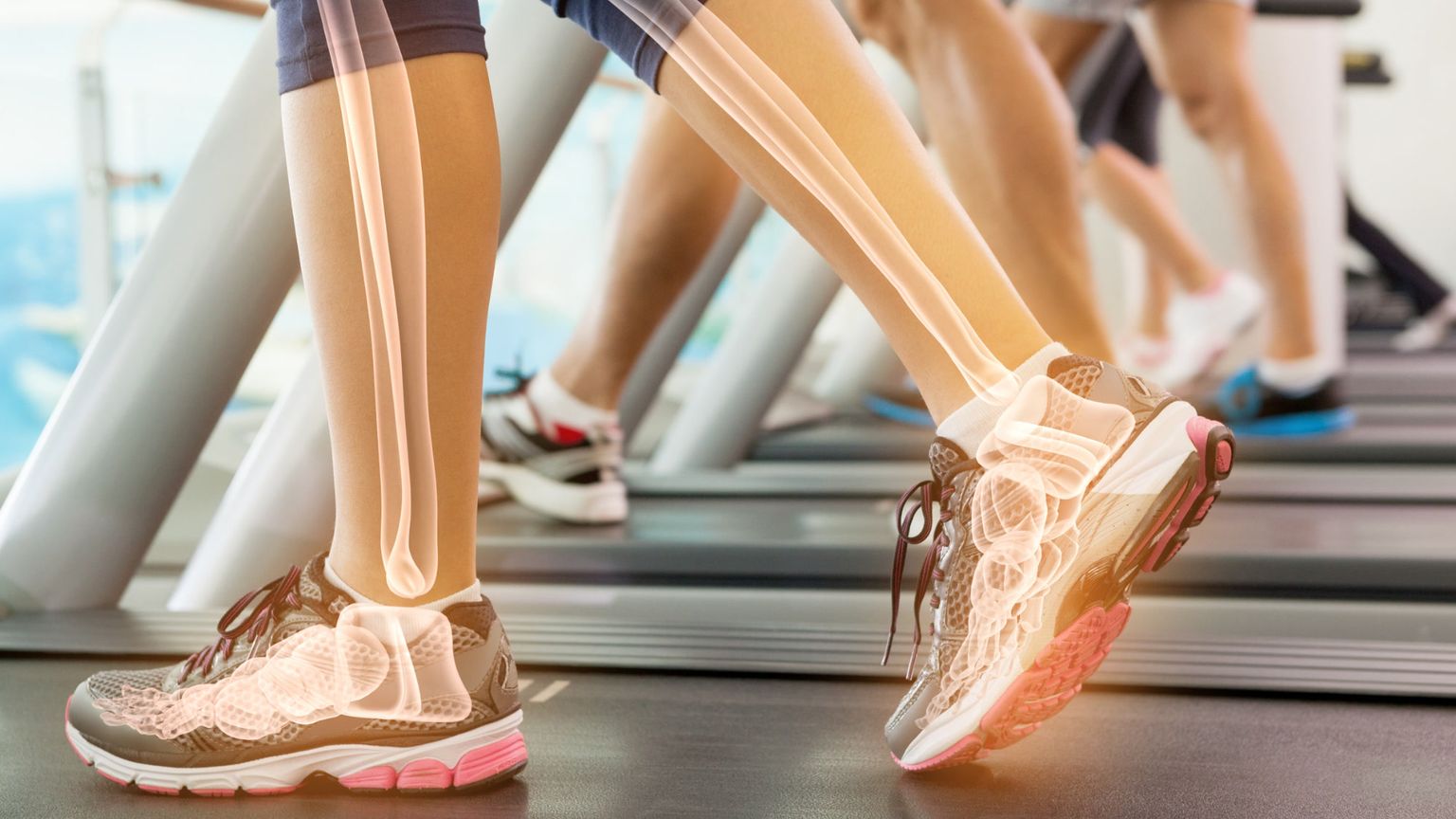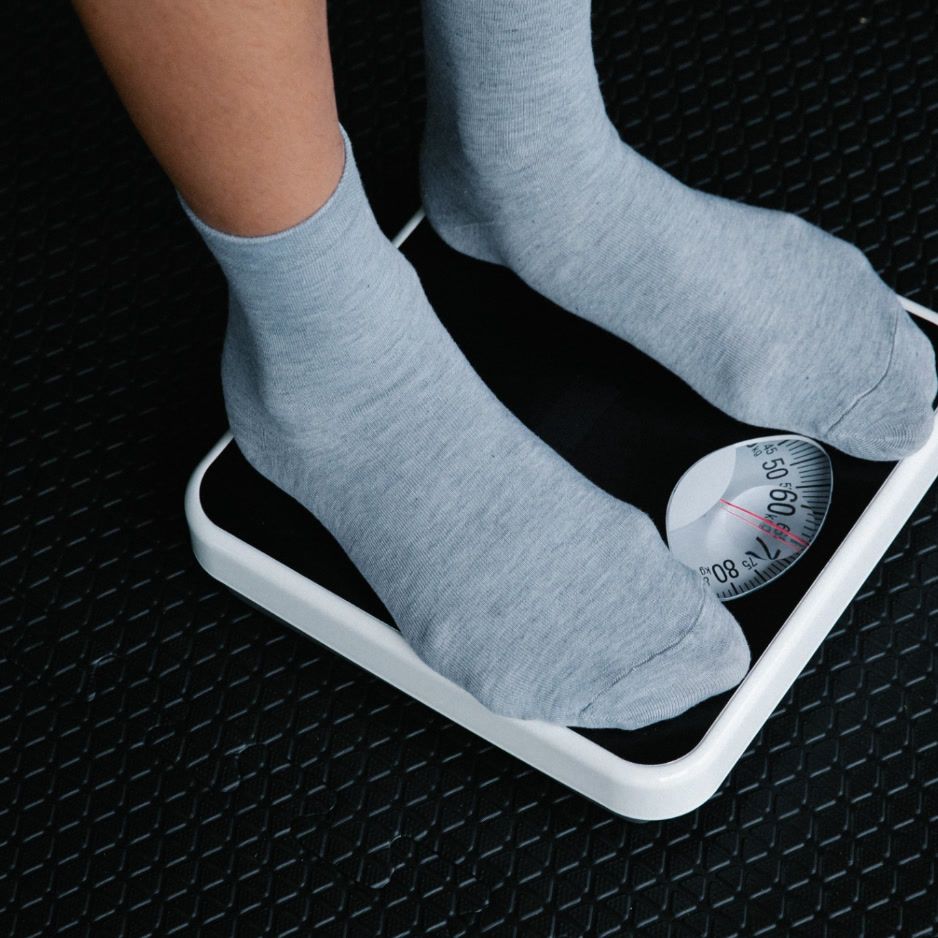Bones: Make it or Break it

Why Bone Density Scanning
There is no time like the present to explore your bone health. All people benefit from strong, dense bone tissue! Denser bone tissue decreases the likelihood of a fracture in the event of a traumatic event or fall. Sometimes, bone density data can still surprise you even if you are younger or have no family history of bone disorders.
It’s important to understand where you stand concerning density now since bone remodeling (growth and change) happens over a long period. Depending on the program, it can be 6 months or more to see measurable changes. There’s no time like the present to start building a more resilient skeleton.
Get weekly updates.
Not a Diagnostic
At BodySpec, bone density information comes with every DEXA scan report. It’s important to know what that information is, and what it’s not. The z-score that we provide is a measurement of your density compared to an age, declared gender, and ethnicity-matched national population from NHANES. That’s the health survey conducted by the CDC, and it provides vital health statistics for the nation. Our z-score is not a measurement of bone strength, nor is the data appropriate for diagnostic purposes.
While it is true that DEXA machines are the standard in osteopathic diagnosis, BodySpec runs a comprehensive whole-body scan, whereas bone diagnostic scans are regional. Those important discussions are best left to an appropriate care provider. We can give you a good idea of how you compare to peers, and tip you off to densities that are lower than average and are worth exploring further.
How Bone is Built
Your body will not convert calcium and other nutrients to bone automatically. Bone growth is not prompted unless there is sufficient and repeated force exerted on the existing bone. Your bones will adapt to the stimulus they are placed under, the same as building new muscle tissue! This can be achieved through weight training or impact training (think jogging, kickboxing, or tennis). The term Minimal Essential Strain (MES) refers to the threshold stimulus that initiates new bone formation. Osteoblasts (bone-building cells) only get signaled to migrate to a particular region and form new bone when you are consistently exceeding the MES in that region.
Keep this in mind! Your minimum strain required is going to increase as your bones adapt to the stress they’re under. As your physiology changes, you will need to progressively overload your muscles and bones to continue that growth.
What You Can Do: Fuel and Function
Fuel
You are your best bone health champion! It all starts from within. Getting those nutrition building blocks into your system. Calcium, vitamin D, Magnesium, and vitamin K are all your bone-friendly micronutrients. Try to get these from whole foods if you can. Supplements are good but you’ll need to be mindful of not exceeding daily recommended totals.

Function
Remember these: Strength and/or Impact. With those nutrients ready for action in your system, you’ll have to incorporate strength training or impact training into your routines to stimulate bone growth. Weight lifting, also called strength training, is going to be the most accessible function for most folks. Load-bearing exercises are critical to increasing bone strength and size.
Strong forces of muscular contraction performed during these exercises will increase the mechanical stress on the bone, and bone must subsequently increase in mass and strength to provide a sufficient support structure for growing muscle mass. The National Institutes of Health recommend at least two sets of one exercise for each major muscle group should be performed at a target intensity of eight to 12 repetition maximum
With impact training, consider what activities would cause your bones to vibrate slightly with impact. Running, jogging, kickboxing, and tennis are all examples. Walking is good too! Racquet sports often include sprints and stopping short on courts, and hard momentum changing of the racquet and ball through the long bones of the arm.
Jogging or any running sport can provide the stimulus for new bone growth in the lower body. Keep in mind that the bones of the upper body do not receive as much of that stimulus, so they might need to be trained separately. People in running sports often have very developed leg bones compared to their arms due to their bones adapting to the strain of intense workouts over time.
Kickboxing is a good example of a full-body bone-building sport. Certain types of explosive dance that include jumping may provide the appropriate stimulus, but flowy or expressive styles may not meet that MES (minimum essential strain) threshold.
Bones as they age
Fuel and function work together to create the environment for bone building. But as we age, our bones naturally begin to decline in density. The tips outlined here are great for building bone, but they are just as relevant for preserving bone! Bone tissue naturally decreases with age, and some people are at more risk than others for osteoporosis. But you can slow, stop, or even reverse that process through a commitment to exercise throughout your life.
Book a DEXA scan to take the first step to a stronger, more resilient you today.
Additional Resources
Fitness Focus: Exercise and Bone Health: ACSM's Health & Fitness Journal


